
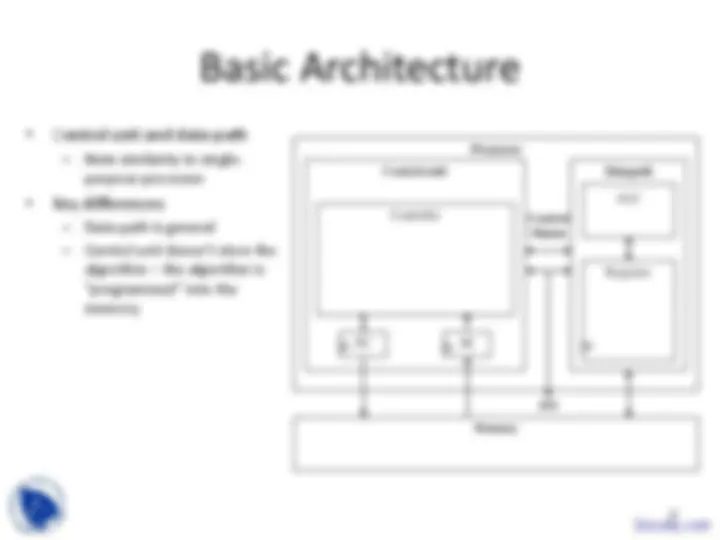
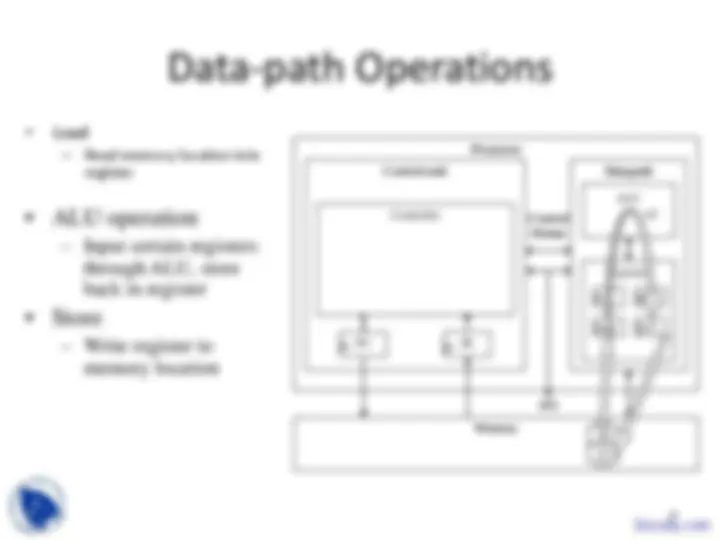
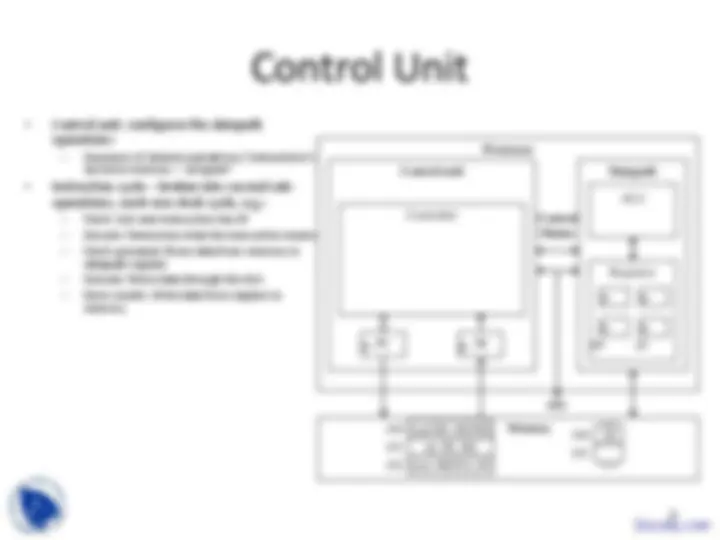
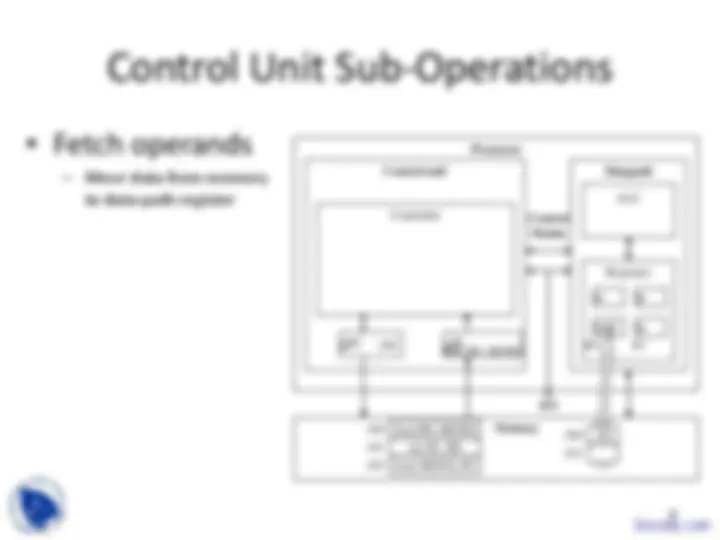
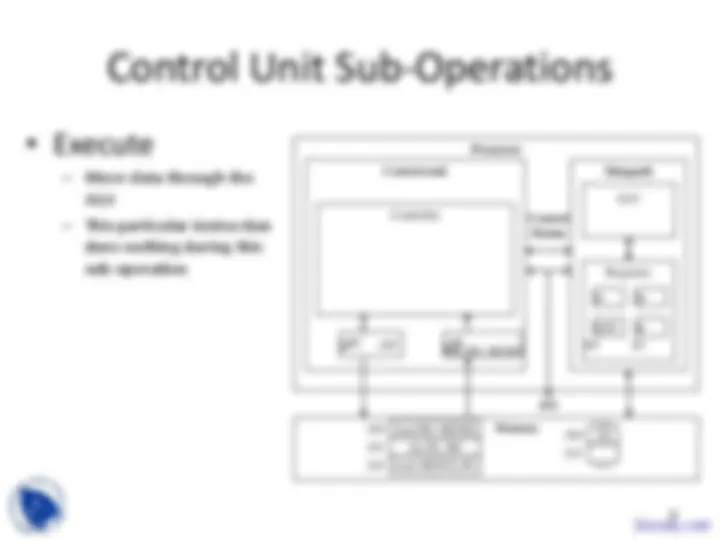
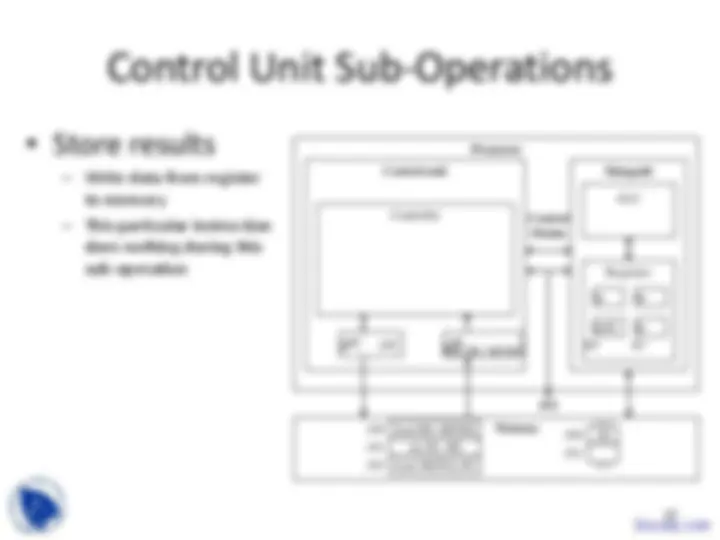
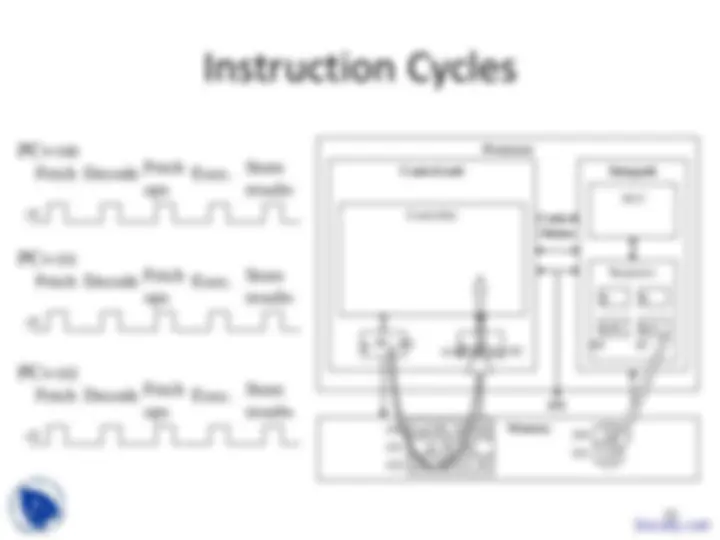
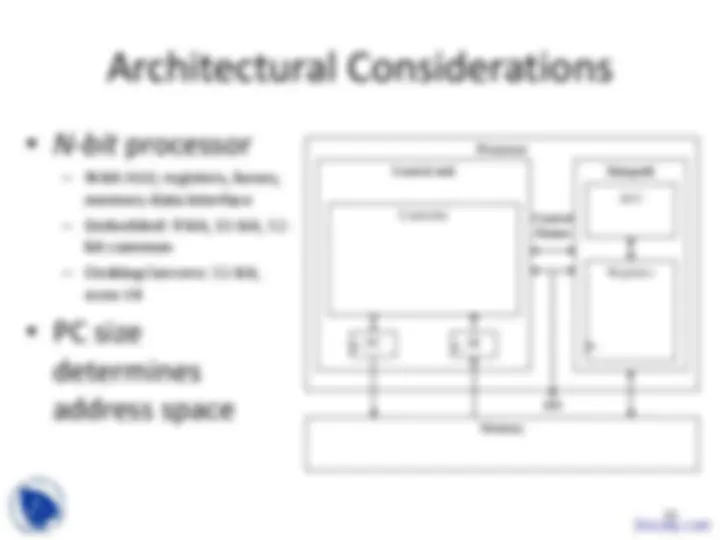
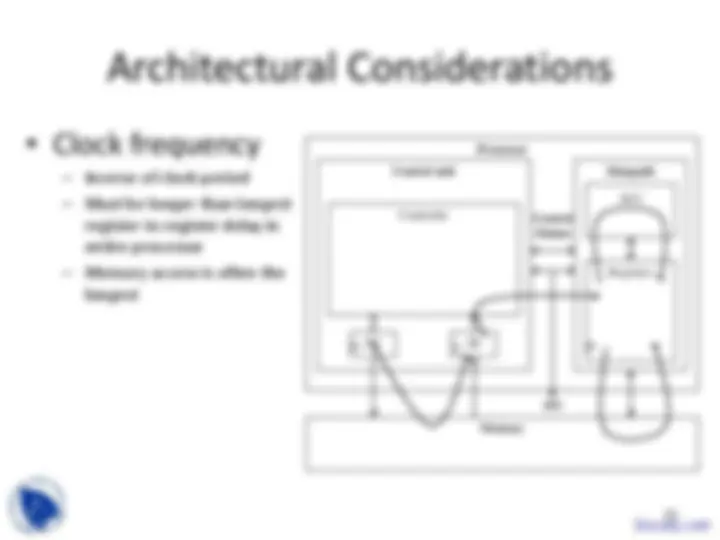


Study with the several resources on Docsity

Earn points by helping other students or get them with a premium plan


Prepare for your exams
Study with the several resources on Docsity

Earn points to download
Earn points by helping other students or get them with a premium plan
Community
Ask the community for help and clear up your study doubts
Discover the best universities in your country according to Docsity users
Free resources
Download our free guides on studying techniques, anxiety management strategies, and thesis advice from Docsity tutors
An introduction to the basics of software design in embedded systems, focusing on microprocessors and their instruction cycles. It covers the role of general-purpose processors, the architecture of microprocessors, and the operation of the control unit and data-path. It also explains the instruction cycle and its sub-operations: fetch, decode, fetch operands, execute, and store results.
Typology: Slides
1 / 15

This page cannot be seen from the preview
Don't miss anything!










Processor Control unit Datapath
ALU
Registers
Controller
Memory
Control /Status
Processor Control unit Datapath
ALU
Registers
Controller
Memory
Control /Status
load R0, M[500] (^) 500
501
101 inc R1, R 102 store M[501], R
Processor Control unit Datapath
ALU
Registers
Controller
Memory
Control /Status
load R0, M[500] (^) 500
501
101 inc R1, R 102 store M[501], R
(^100) load R0, M[500] R0 R
Processor Control unit Datapath
ALU
Registers
Controller
Memory
Control /Status
load R0, M[500] (^) 500
501
101 inc R1, R 102 store M[501], R
(^100) load R0, M[500] R0 R
Processor Control unit Datapath
ALU
Registers
Controller
Memory
Control /Status
load R0, M[500] (^) 500
501
101 inc R1, R 102 store M[501], R
(^100) load R0, M[500] R0 R
Processor Control unit Datapath
ALU
Registers
Controller
Memory
Control /Status
load R0, M[500] (^) 500
501
101 inc R1, R 102 store M[501], R
PC= 100
clk
load R0, M[500]
Processor Control unit Datapath
ALU
Registers
Controller
Memory
Control /Status
load R0, M[500] (^) 500
501
101 inc R1, R 102 store M[501], R
PC= 100
clk
PC= 101
clk
PC= 102
store M[501], R
clk
Processor Control unit Datapath
ALU
Registers
Controller
Memory
Control /Status